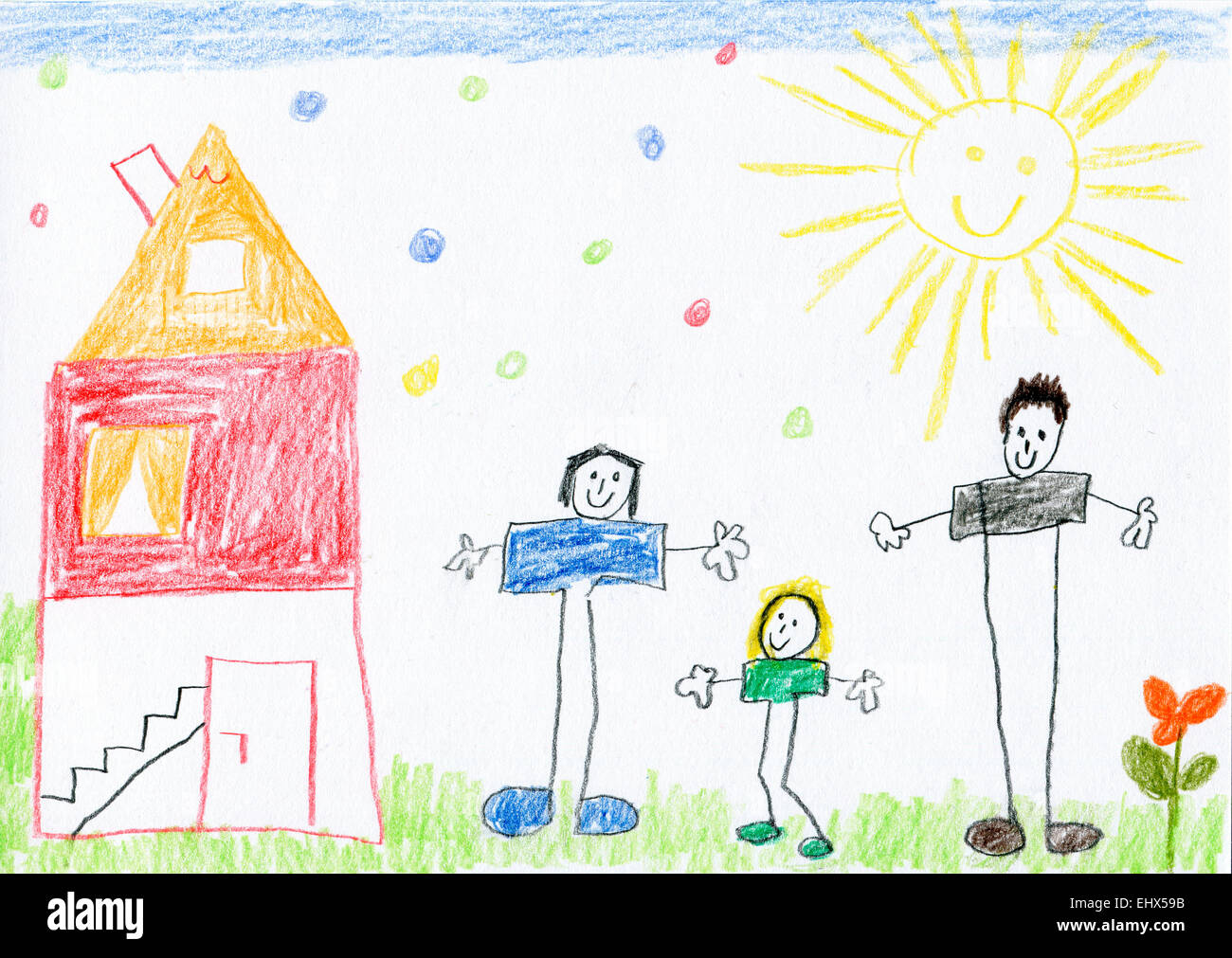
The KFD involves the examiner instructing the child to draw a picture of themselves, and everyone in his or her family, doing something. It is generally a good idea to use projective tests as part of an overall test battery.ĭespite the flexibility in administration and interpretation of figure drawings, these tests require skilled and trained administrators familiar with both the theory behind the tests and the structure of the tests themselves. Interpretations of all projective tests should be made only by a clinical psychologist, or a competent and credentialed art therapist under the supervision of a clinical psychologist, and the limitations of projective tests should be considered. The KFD is sometimes interpreted as part of an evaluation of child abuse. Children are asked to draw a picture of their family, including themselves, "doing something." This picture is meant to elicit the child's attitudes toward his or her family and the overall family dynamics. The Kinetic Family Drawing, developed in 1970 by Burns and Kaufman, requires the test-taker to draw a picture of his or her entire family. ( August 2009) ( Learn how and when to remove this template message)įigure drawings are projective diagnostic techniques in which an individual is instructed to draw a person, an object or a situation, so that cognitive, interpersonal, or psychological functioning can be assessed.

Please help to improve this article by introducing more precise citations. This article includes a list of references, related reading or external links, but its sources remain unclear because it lacks inline citations.


 0 kommentar(er)
0 kommentar(er)
